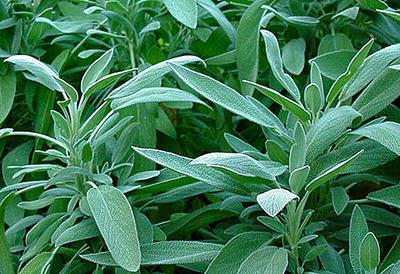VANILLA BEANS | SOYBEAN OIL | SOYA CAKE | COCOA BEANS | COFFEE BEANS
How to grow SAGE spices in Uganda

Sage Plant with Fresh leaves in Uganda
Sage is a perennial shrub with downy, gray-green foliage.
A classic herb for stuffing, sage is also used in salad as well as meat and poultry dishes.
This herb is native to the Mediterranean but is a hardy perennial know being naturalized in East Africa.
Sage is an attractive plant to have growing in the garden ; its velvet leaves and small purple flowers do reflect their solid beauty to nature.
Common SAGE varieties in Uganda
There are numerous types of sage and a few are considered for culinary. These include:
Variegated leaf sage-this sage has a lilac form of flowers and variegated leaves.
Purple sage –it has beautiful purple leaves and a good flavor.
Common sage –this is considered to as the original sage, and is used in stuffing and flavoring meat dishes.
Contact us here to buy fresh Sage Leaves and seeds in Uganda
Soil requirements Sage plants to grow
Sage grows well in rich, well drained soils; this could be light or heavy with a preference to a pH range between 5.6 -7.8.
How to propagate SAGE spices in Uganda
The best way to grow high quality sage is from cuttings of an established plant.
You can also use seeds, and these take between 10 and 21 days to germinate.
How to plant SAGE in Africa
Preferably you should grow sage outdoors.
You can start plants using cutting as it’s a better way to grow true –to-form high quality sage.
Get sage cuttings probably at the onset of the wet seasons. This way the cuttings shall not be subjected to desiccation.
Get cuttings of about 3-4 inches in height; remove the leaves on the bottom inch.
Deep the base of the cutting in to a rooting hormone and then place it in potting soil to set it off for growth.
Alternatively start sage by seed, and for a warm country like Uganda, sow seeds directly in to the field.
Lightly turn up the soil and mix in some farm yard manure. Then sow seeds in trenches 1-0.5 cm deep.
Cover up the seeds with soil and even water as they need moisture.
Also when planting you can opt for companion planting as sage is a great companion plant for Rosemary, Cabbage, Beans and Carrots.
It attracts honey bees and cabbage butterflies while repelling or distracting cabbage flies, carrot fly, black flea beetle, cabbage looper, and the cabbage maggot.
Contact us here to buy fresh Sage Leaves and seeds in Uganda
How to harvest Sage in Africa
Sage leaves are easy to harvest, as you simply cut them off with scissors or just pinch them off with your fingers.
Sage is best used fresh. You can also dry sage, by storing leaves in a warm, dry room until the leaves are crumbly to touch.
Then store the crumbled leaves in an air tight container.
Contact us here to buy fresh Sage Leaves and seeds in Uganda
Quick Tips for planting sage
- Decide on the material you will be using for planting, either seeds or cuttings.
- Lightly turn up the soil and mix in apportion of compost to enrich it.
- Open up trenches of 1-0.5 cm deep in a row when you are to sow seeds.
- Thinly sow the seeds in to the trenches and gently cover the seeds with soil.
- If you are using cuttings, you need to first put the cuttings into potting as they grow.
- When fully grown prune back the sage to encourage foliar growth.
- Note that sage enjoys dry conditions, only water when necessary.
- Harvest leaves when they start growing fully.
Contact us here to buy fresh Sage Leaves and seeds in Uganda
Join in and write your own page! It's easy to do. How? Simply click here to return to Plants Guide.
If you haven't yet found what you were looking for or you need detailed information about the subject matter on this page then... feel free to ask our business travel consultants. |




